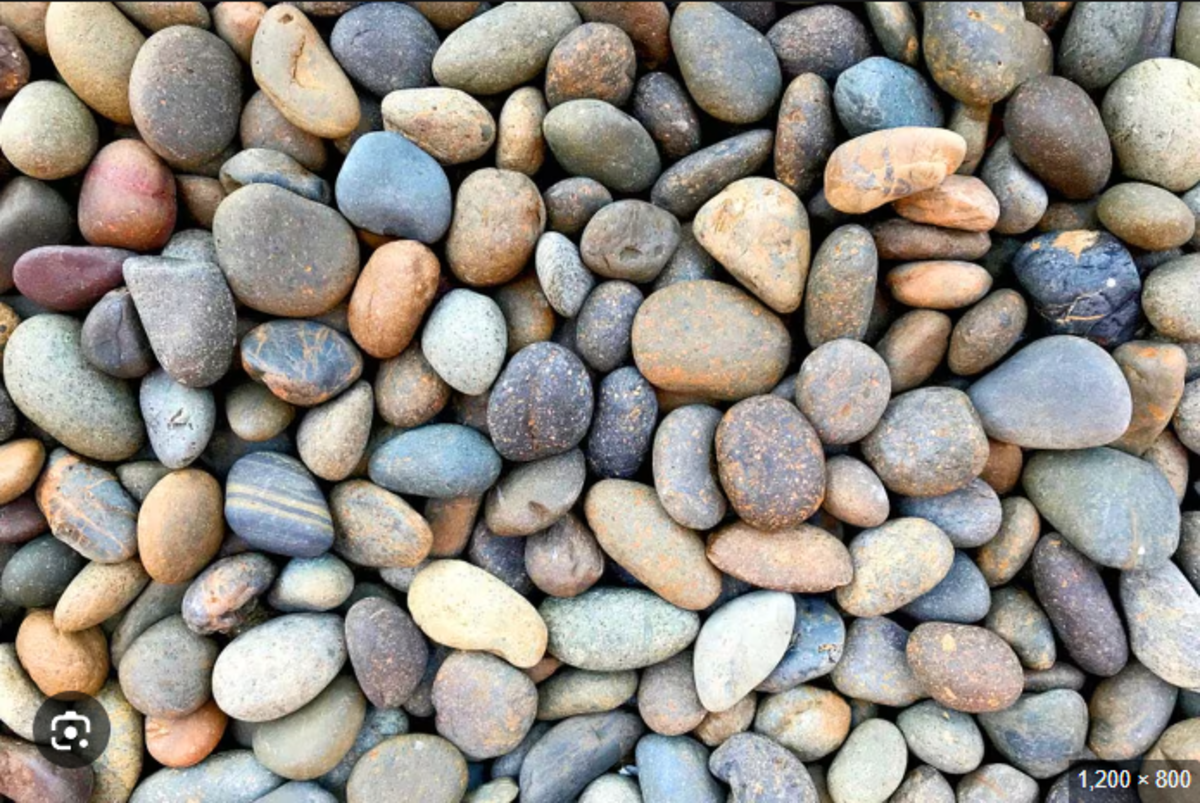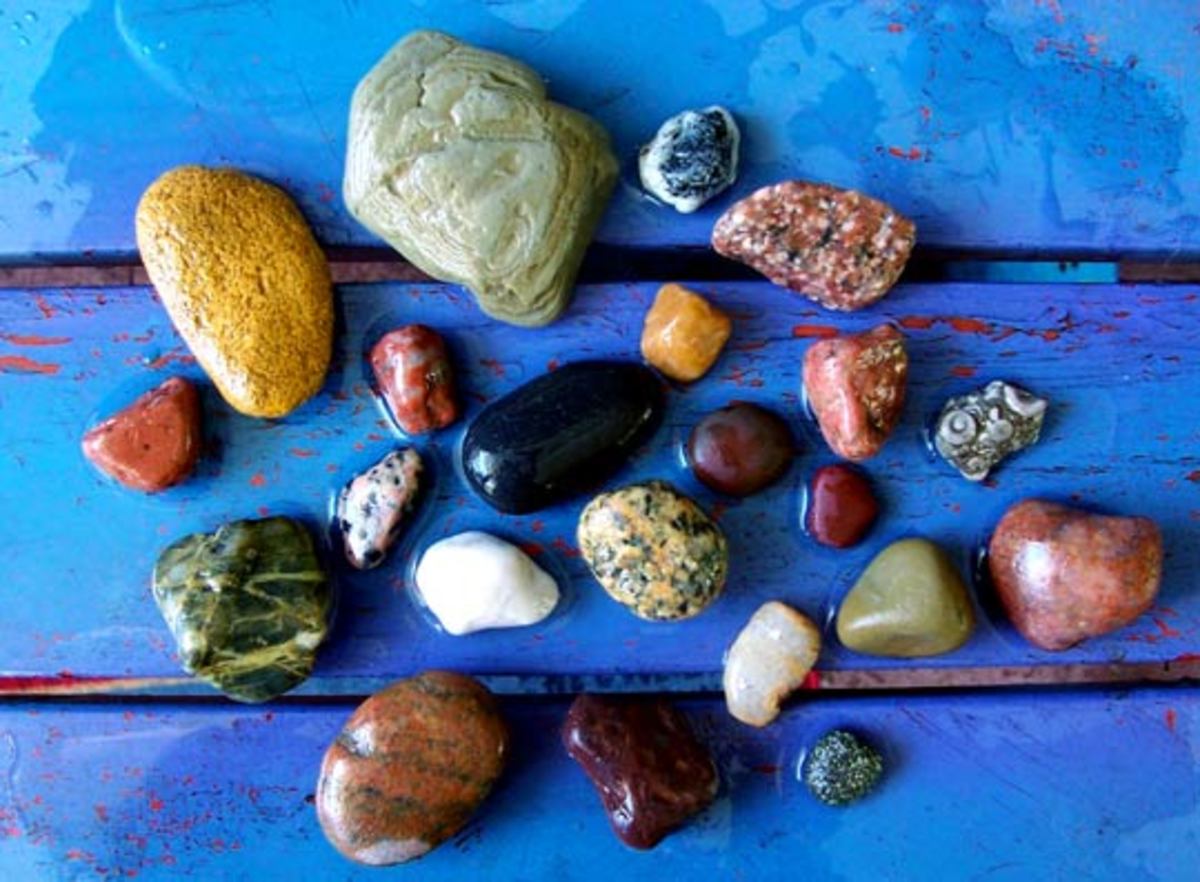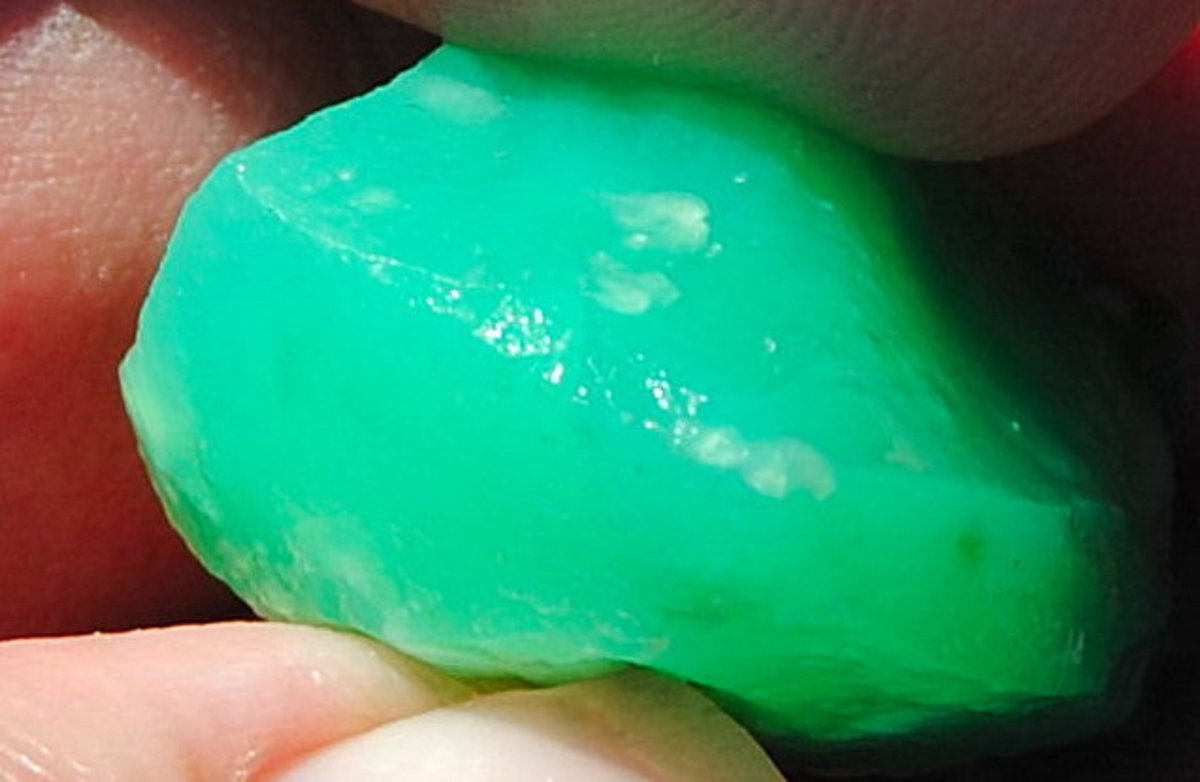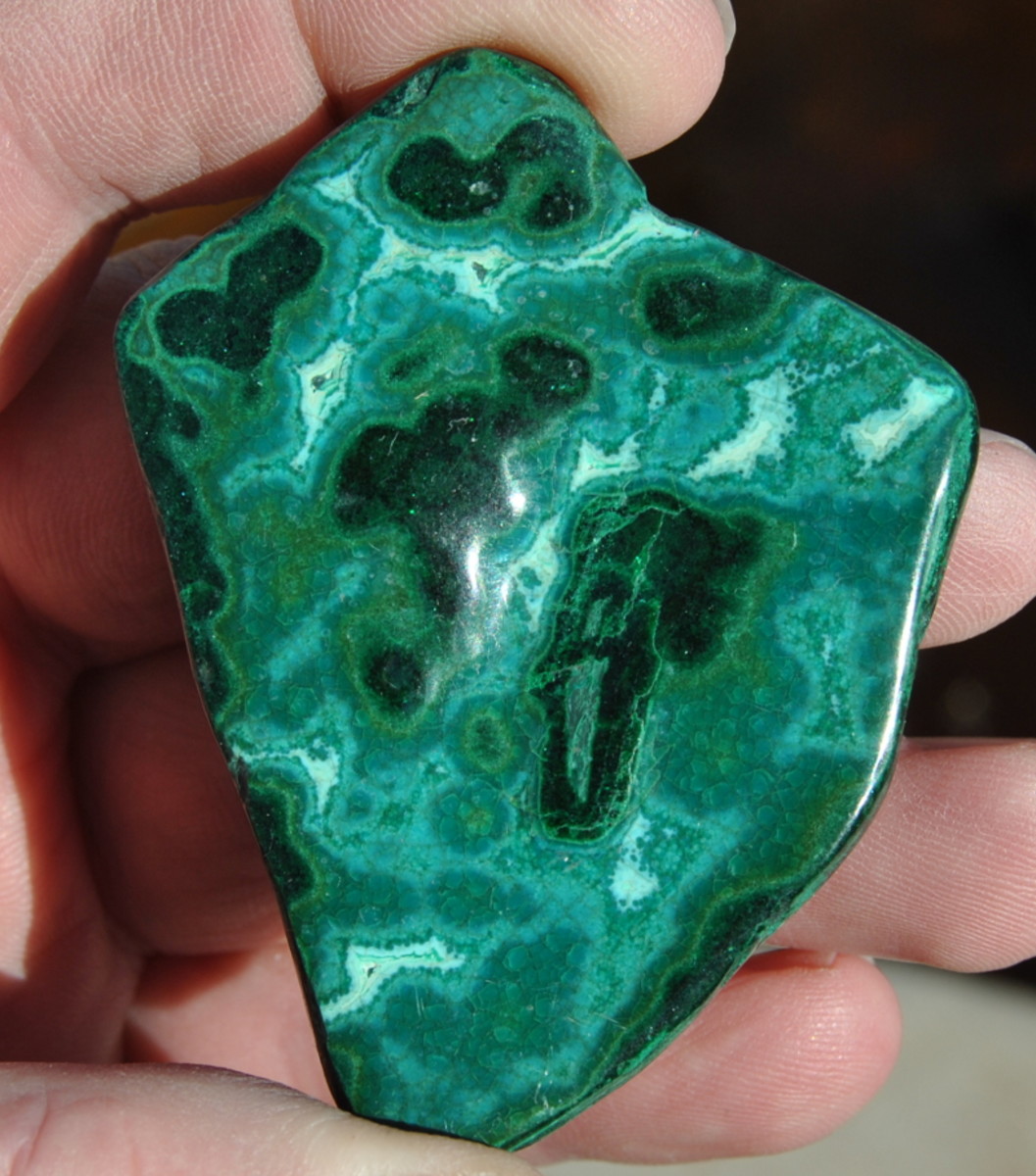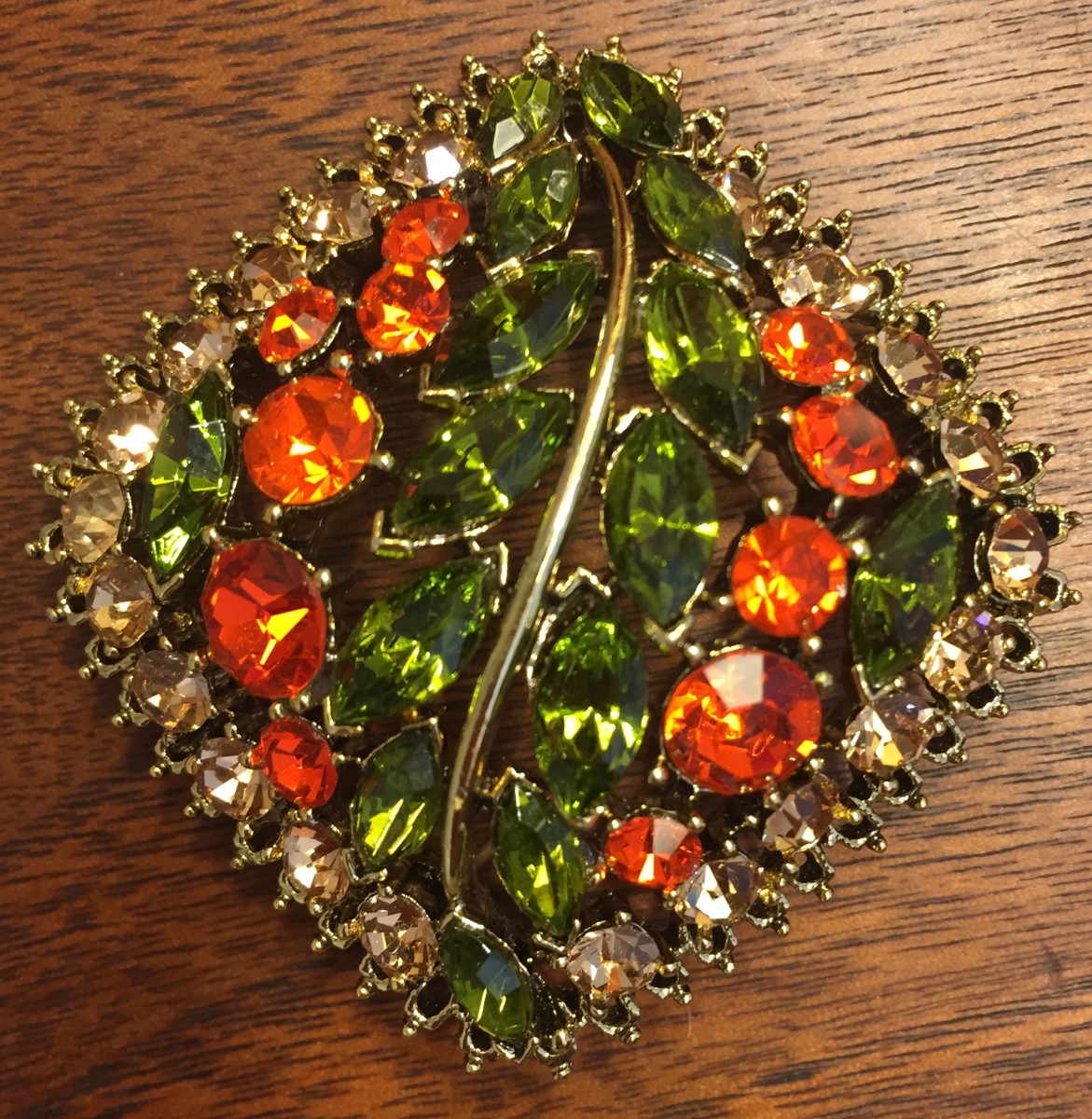Tips for Collecting Rocks
Rocks
When I was younger, one of my favorite things was scouting for rocks. I used to think that they were the coolest thing in the world, yet I never really appreciated them until I was in geology class of my senior year in high school. I mean, yea I had a number of science classes where rocks were studied and identified, but there was just something about taking that one course that really made me appreciate them. Now, I no longer collect rocks, but I sure did keep my favorites from my collection of my earlier childhood years.
There are many different types of people who find enjoyment out of collecting rocks, as rocks tell our history and past like none other can. A textbook is great at defining what happened, but a rock can really tell a story about our past and the Earth's past. Rocks are ever changing with the wind, water, and other environmental and man-made factors that can alter a rock's appearance.
Rock collecting is actually a fairly large hobby, and if it's something that you want to get started in or your child wants to, then by all means get started. You may want to purchase an identification book, so that you can ID what rocks you have in your collection.
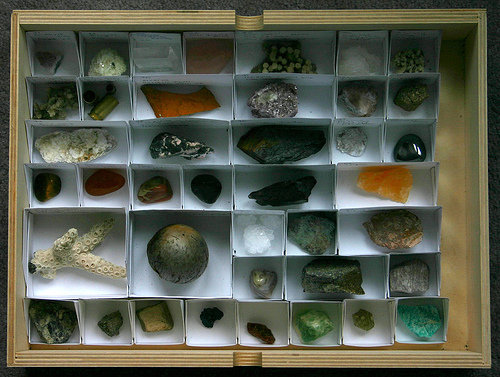
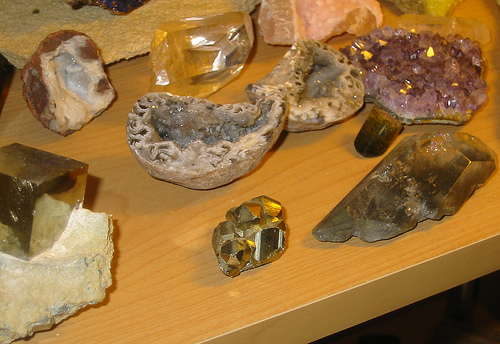
Collecting Rocks
Collecting rocks is actually a fairly simple and easy hobby to get into. Your collection can be as small or large as you want it to be, and you can collect whatever shapes, colors, and types of rocks that you want. There is a lot of freedom with rock collections.
You can start your collection, as I did, by picking up rocks on the ground that interest you, or you can start big and look for better specimens, especially as you will quickly run out of options in your hometown with the variety of rocks that you can pick up.
Throughout the hobby of collecting rocks, you will quickly gain a diagnostic eye, where you will be able to spot features in rocks that make them different from others. You will become more familiar with different collecting methods and with the geology of the rocks and land.
Collecting rocks can be a great learning adventure for children, as well as adults, especially as you begin to see the difference between the different types of rocks - igneous, sedimentary, and metamorphic- and start to go rock hunting.
Types of Rocks
When collecting rocks, there are some collectors who collect all three of the main types of rocks, whereas others will collect just one type. So, when getting started, you want to know the difference between igneous, sedimentary, and metamorphic rocks.
Igneous rocks are those rocks that are formed when molten magma cools. They are divided into plutonic (intrusive) and volcanic (extrusive) rock. The plutonic rocks result when magma cools and crystallizes slowly within the earth's crust (EX. granite); the volcanic rocks result from magma reaching the earth's sruface and then cooling (EX pumice and basalt).
Sedimentary rocks are those rocks that are formed from the deposition of clastic sediment, organic matter, or chemical precipitates, followed by compaction of matter and cementation. These rocks form at or near the Earth's surface (EX mudstone, sandstone, limestone).
Metamorphic rocks are those rocks that are formed by subjecting any rock type to different temperatures and pressure than what the original rock was formed. Typically, the original rocks are subjected to much higher temperature or pressures so that the rock's original composition changes, such as via recrystallisation (EX granite gneiss and
biotite
schist).
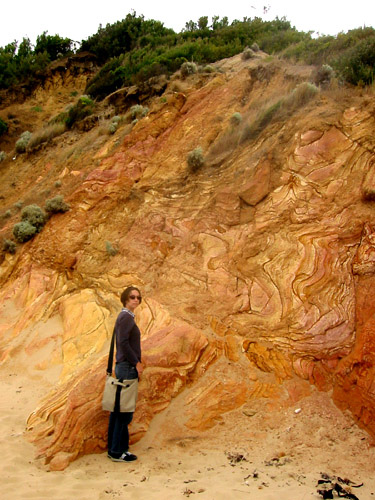
Where to Find Rock Specimens
When looking for different types and forms of rock, you'll find that the best place to find rocks would be at or near quarries, road cuts or natural cliffs, and outcrops.
You'll find that open fields and level countrysides aren't the best places to find rocks, but you may be able to get away with finding nice rocks near hills and steep slopes. The best place to find the best rock specimens is going to be near manmade excavations and unweathered outcrops.
If you're collecting specific types of rock (igneous, sedimentary, or metamorphic), you will notice that there are different places to find the different types, since they are formed differently.
The interior plans and lowlands of the U.S. is a great place to find sedimentary rocks, whereas you can find igneous and metamorphic rocks in the mountains and piedmont areas of New England, the Appalachians, the Western Cordillera, and scattered interior hill lands.
Tools for Collecting Rocks
Depending on how far you're going to take finding rocks, the tools that you'll need will vary. If you're just going to pick up what you see lying around, then you really only need minimal equipment, if you're going to need a few extra tools.
You'll need a geologists hammer to break off rock specimens and trim them down to size. You can purchase one at a hardware store or scientific supply house. They have a blunt end and a pick end. You will also see the chisel type hammers which are typically used for soft sedimentary rocks and fossils.
You'll also need to consider getting a hand lens, or a pocket magnifier, which is great to identify mineral grains. You can purchase a hand lens at a jewelry store, optical shop, or scientific supply house. Typically, you'll want to stick with a 6- to 10-power magnification that is optically corrected, although the uncorrected lenses work fine, too.
Other tools that you may want to consider include:
- Knapsack to carry rocks, tools, and food (depending on how long you plan on being out)
- Bags and paper to wrap rocks
- Notebook to keep field notes
- Pocket knife which can help in a number of ways to include testing hardness.
Slightly more expensive tools may include:
- Sledge hammers to break apart ledges
- Cold chisels to loosen rocks
- Dilute hydrochloric acid to identify limestone and dolomite
There are many tools that you could use when looking for rocks to add to your collection, but it is up to you, the collector, to determine which tools are necessary, as you will be the one carrying them throughout the trip.
Tips for Collecting Rocks
- When rock hunting, it is a good idea to label your rock specimens as you collect them so that you don't get mixed up.
- Try to trim the rock pieces to about 3"x4"x2" so that they will easily fit into most rock displays. Some display sizes are smaller, so you'll have to trim the rocks to about 2"x3"x1" or 3"x3"x2".
- Before collecting rocks on private property, you'll want to ask for permission.
- Carry safety equipment when rock hunting, such as protective clothing, glasses, hard hats, gloves, etc. Also keep a first aid kit nearby for accidents.
- Don't collect rock on national or state parks or monuments, as it's illegal to do so.
- Make sure that you create permanent labels so that you don't get your rock specimens mixed up in your displays.
- Keep a few extra rock specimens of rare rocks, so that you can use them in trade with other collectors.
- Have careful notes and classification system so that you can keep detailed information as to the type of rock, when the rock was found, who found the rock, and an overall detailed description of where the rock was found (what geological formation, age, etc.)







